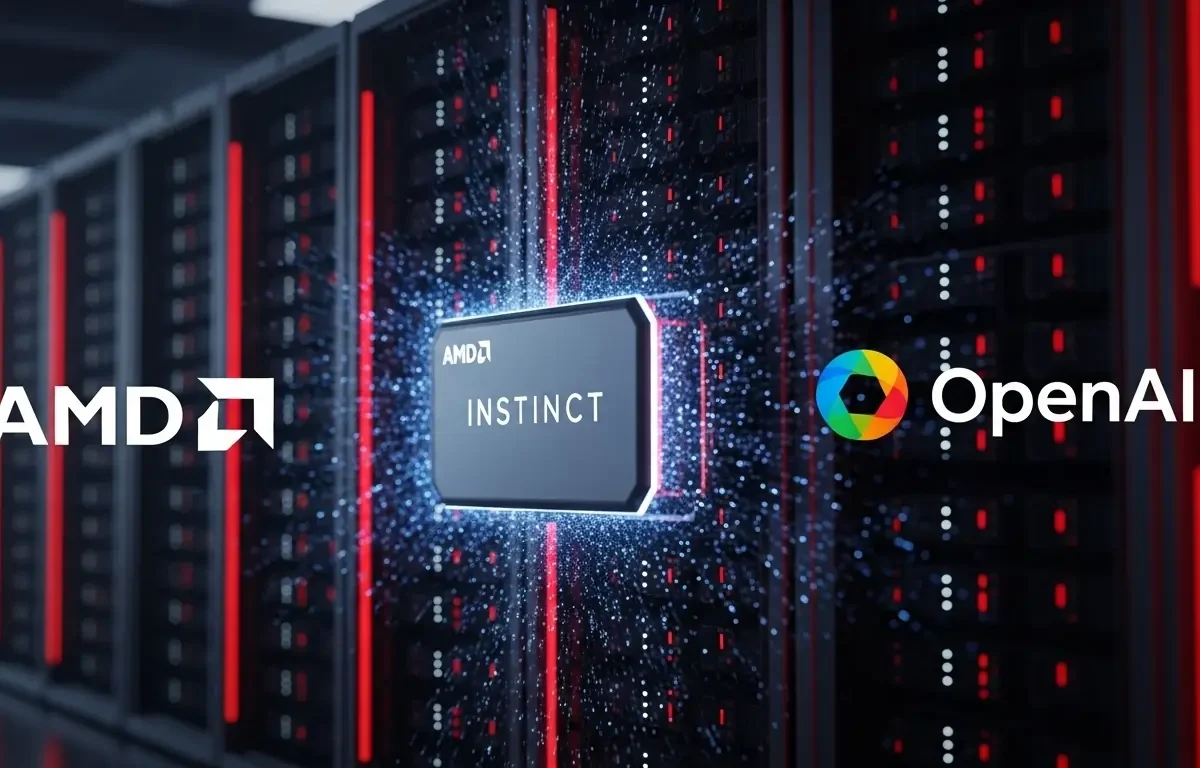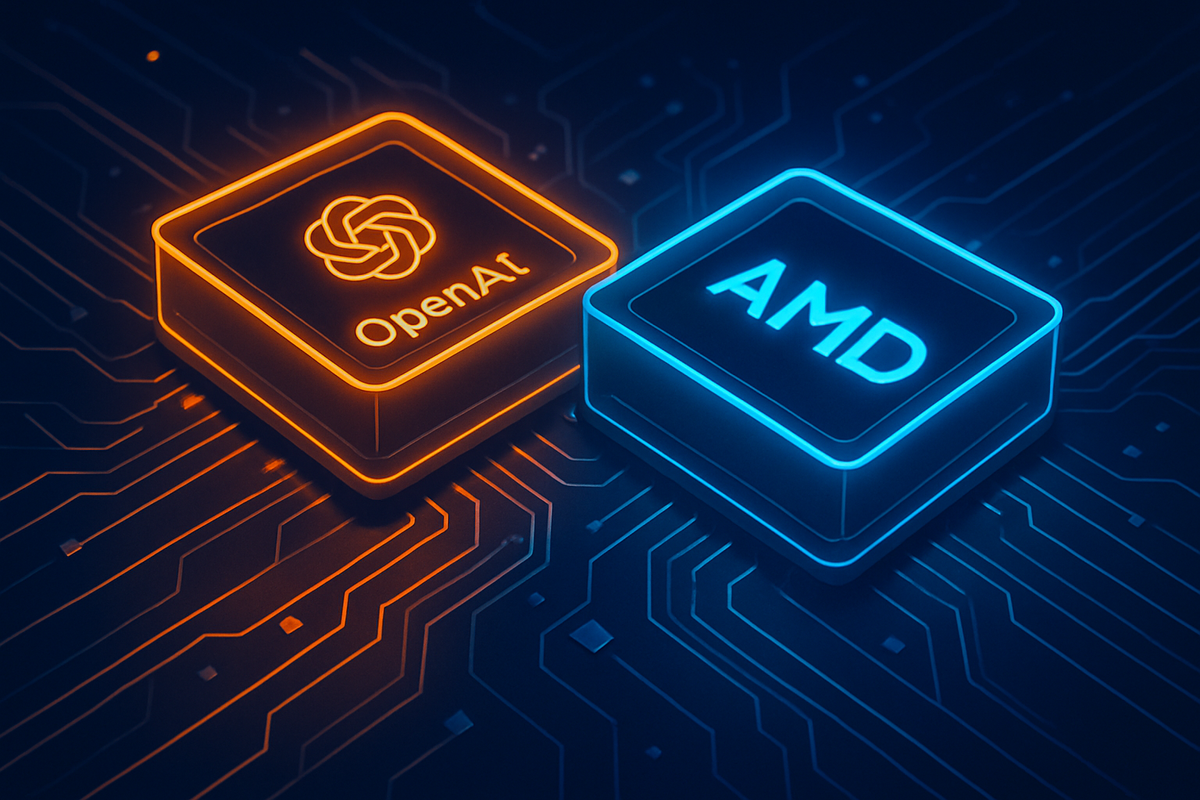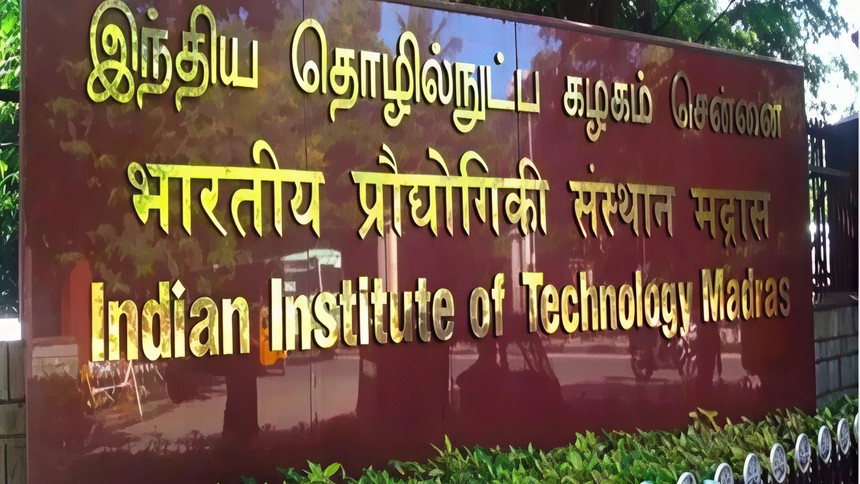In a groundbreaking move that could reshape the global AI landscape, OpenAI and AMD have announced a massive computing partnership designed to power the next wave of artificial intelligence innovation. Under the agreement, OpenAI will use six gigawatts of AMD’s advanced GPUs to build large-scale AI data centers, beginning with a one-gigawatt rollout in 2026.
The collaboration, valued at tens of billions of dollars, cements AMD’s growing presence in the AI hardware market and helps OpenAI secure a diversified, high-speed computing infrastructure to support its next-generation models.
A strategic shift in the AI race
This partnership represents a major turning point for both companies. For OpenAI, it ensures a stable and diversified chip supply as global demand for computing power continues to surge. For AMD, it’s an opportunity to directly challenge Nvidia’s long-standing dominance in the AI GPU market.
The deal also includes a warrant that allows OpenAI to acquire up to 160 million shares of AMD, potentially giving it close to a 10 percent ownership stake if performance milestones and deployment targets are met. This equity stake not only aligns the two companies strategically but also gives OpenAI a stronger influence over one of its most critical technology suppliers.
Powering AI at unprecedented scale

The scale of this partnership is staggering. OpenAI’s deployment of six gigawatts of AMD GPUs will provide computing power equivalent to that of several small nations combined. The first gigawatt rollout, expected in late 2026, will use AMD’s MI450 series GPUs, known for their exceptional performance in large-scale model training and energy efficiency.
This infrastructure will form the backbone of OpenAI’s global data centers, designed to handle increasingly complex AI workloads, from large language models to next-generation generative systems. Experts say this is one of the largest single AI hardware contracts ever signed, setting a new benchmark for how AI infrastructure is scaled globally.
Strengthening AMD’s position in AI hardware
AMD’s MI450 GPUs, along with its upcoming MI350X and MI300X series, have been engineered specifically for AI and machine learning workloads. They offer enhanced energy efficiency, high memory bandwidth, and improved scalability—key features required for training massive AI models.
With this deal, AMD stands to earn over 100 billion dollars in revenue across the next four years from OpenAI and related customers. The announcement immediately boosted AMD’s market value, with its stock price jumping over 24 percent as investors expressed strong confidence in the company’s long-term AI potential.
AMD’s CEO Lisa Su described the partnership as “a defining moment” for the company, emphasizing that this collaboration with OpenAI would accelerate innovation in high-performance computing and AI infrastructure.
OpenAI’s strategy to diversify its chip ecosystem

Historically, OpenAI has depended heavily on Nvidia GPUs to run its advanced AI systems. However, growing supply constraints and rising costs have pushed the company to diversify its hardware sources. By partnering with AMD, OpenAI ensures it will not face bottlenecks in scaling future models.
This move also introduces competition in a market that has been overwhelmingly dominated by Nvidia. It is expected to encourage innovation, drive down costs, and expand the availability of AI hardware globally.
For OpenAI, the deal secures a long-term partner capable of supporting its rapidly growing computing demands while aligning financially through shared success.
A future built on collaboration and scale
The OpenAI-AMD partnership goes beyond hardware supply. Both companies plan to collaborate on multi-generational hardware and software advancements, optimizing GPU performance for large-scale AI systems.
The goal is to develop a global network of AI data centers capable of running the most demanding models ever built. This partnership is expected to evolve over the next decade, setting the stage for breakthroughs in AI training speed, model complexity, and energy-efficient computing.
OpenAI’s CEO Sam Altman has emphasized that scaling high-speed computing power is one of the biggest challenges in AI today. This deal with AMD ensures that OpenAI will have the resources it needs to continue leading the AI revolution while maintaining global competitiveness.
Redefining the AI chip landscape

This collaboration marks a new chapter in the ongoing race for AI hardware dominance. By joining forces, OpenAI and AMD are creating a counterbalance to Nvidia’s market control and reshaping the economics of AI infrastructure.
For the AI industry, the deal signifies a broader shift toward multi-partner ecosystems where competition drives technological progress. The sheer magnitude of computing power involved highlights the growing importance of energy-efficient, high-performance chips in shaping the future of artificial intelligence.
Follow Tech Moves on Instagram and Facebook for the latest updates on AI breakthroughs, tech industry partnerships, and cutting-edge innovations shaping the digital future.














